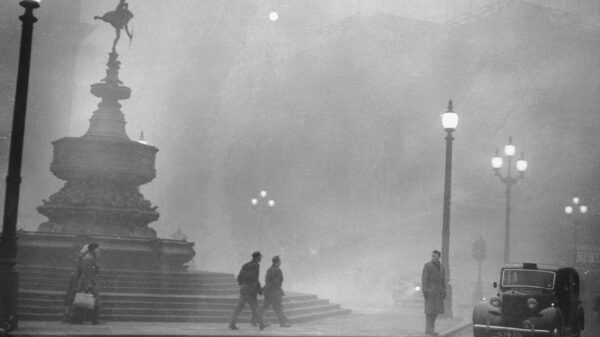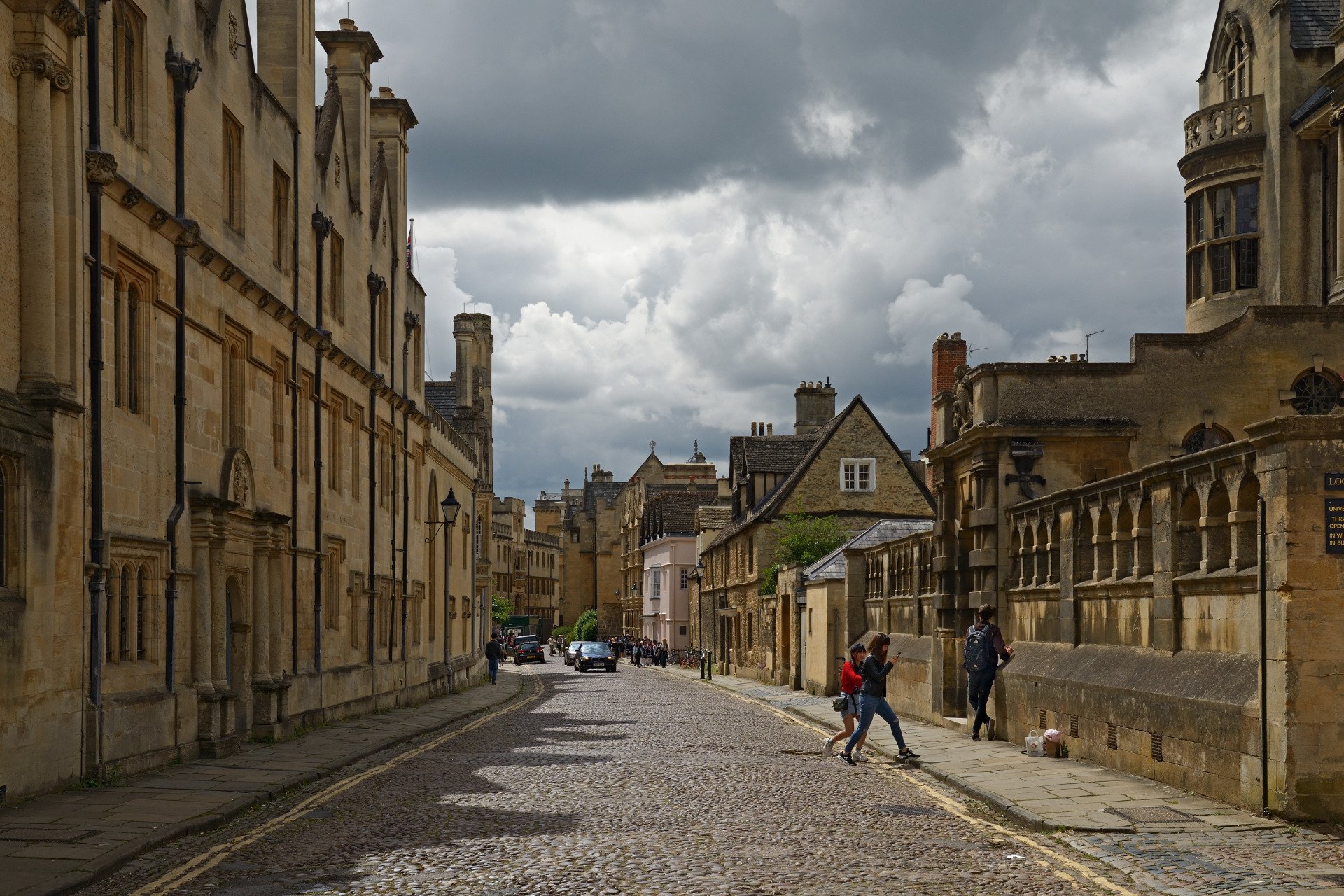URGENT UPDATE: New research reveals startling patterns of medieval violence in England, highlighting that university students were even more dangerous than today’s college youth. Researchers from the University of Hull and University of Cambridge have developed detailed medieval “murder maps” of London, Oxford, and York, based on investigations of 355 murders between 1296 and 1398.
This groundbreaking study, published in the journal Criminal Law Forum, indicates that violence was concentrated in bustling urban hotspots like markets, squares, and waterfronts. Sundays emerged as the deadliest days, particularly after church services, when drinking and brawls ensued.
In a surprising twist, Oxford exhibited a homicide rate three to four times higher than London or York. Researchers attribute this phenomenon to the university culture that attracted young men aged 14 to 21, many armed and influenced by a “culture of honour and group loyalty.”
According to criminologists Stephanie Brown and Manuel Eisner, “Students organized themselves into ‘nations’ based on their regional origins, leading to frequent street battles between northerners and southerners.” Disturbingly, these students often evaded punishment for their violent acts, as they were considered above common law.
The murder hotspots in London included Westcheap, the city’s commercial heart, where guild rivalries and public revenge attacks led to significant violence. The Thames Street waterfront was also a site of conflict among sailors and tradespeople. In York, notable levels of homicide occurred at major town entrances and on Stonegate, a street known for its ceremonial significance.
The researchers note that wealthy areas often became arenas for brutal public spectacles, which could boost an individual’s reputation or serve as a gruesome display of power. Surprisingly, fewer murder investigations were reported in poorer neighborhoods, raising questions about the societal pressures to investigate deaths in these communities.
In a broader context, this study sheds light on the long-term decline of homicide rates, suggesting that changes in urban governance and spatial organization have played a crucial role in reducing violence over the centuries.
As this research continues to unfold, it challenges our understanding of historical violence and its cultural implications. The findings are expected to influence future studies on urban violence and governance.
Stay tuned for more updates as researchers delve deeper into the implications of these medieval murder maps and the lessons they may hold for today’s society.





































































